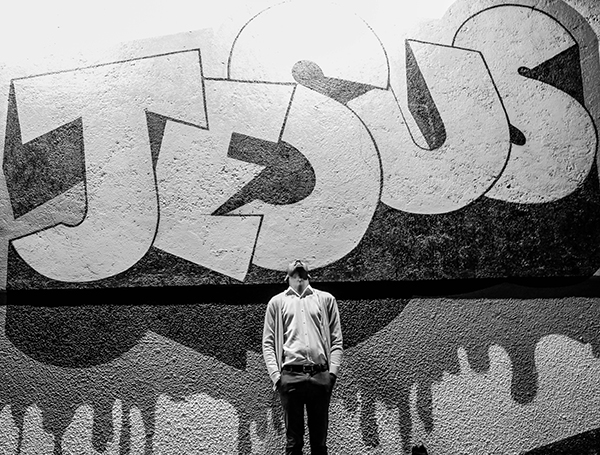
When you picture Jesus in your mind’s eye, what do you see?
I asked this question last week. This week holds the next challenging question:
Is Jesus a cultural figure for only one part of the world?
This Sunday we will study Isaiah 49, a prophecy of the coming of the Messiah—the birth of Jesus. It is a prophetic passage that tells us who the Messiah is, and who in the world his message is really for.
The passage talks about the Messiah’s race. I will talk us through the difference between a Jew and a Gentile. I will distinguish between race and culture. This is sometimes a difficult distinction to make, especially in light of the social issues of our day. In the days of Abraham, or Moses, or King David, or the prophet Isaiah, there was a growing distinction between people—yes, almost a sense of segregation (a politically charged word). In scripture there is a frequently-used description between people—Jews and Gentiles. There were not distinctions of black, brown, white, yellow distinctions; instead, they were either children of Abraham, or everyone else.
Isaiah 49:6 says that the coming Messiah will “be a light for the Gentiles, that you may bring my salvation to the ends of the earth.” The angel, announcing Jesus’ birth to the shepherds, said that this was good news of great joy for all people everywhere (Luke 2:10). When Simeon saw Jesus at his eight-day-old dedication at the temple in Jerusalem, he quoted Isaiah, saying Jesus was a light for revelation to the Gentiles (Luke 2:30-32). The Good News of Jesus coming to this world is that he is NOT a savior of ethnicity or language or human lineage. He came to restore all mankind, all who are ready to come back into a covenant relationship with him. We, the Gentiles (who are not walking with God), can return to being children of Abraham (a Jew in a covenant relationship).
Bible Reading Challenge
As you prepare for Sunday, I challenge you to read ahead:
The question for us all is:
When did you come to realize that Jesus truly came for the whole world—and not just for one segment of the population?
THREE DOORS
See you Sunday at 10 a.m. as you enter the worship gathering through one of our three church doors:
- 1: Watch online in your own home
- 2: Join a small group and stream the service together
- 3: Come to church and join us inside the building (remember to register!)
